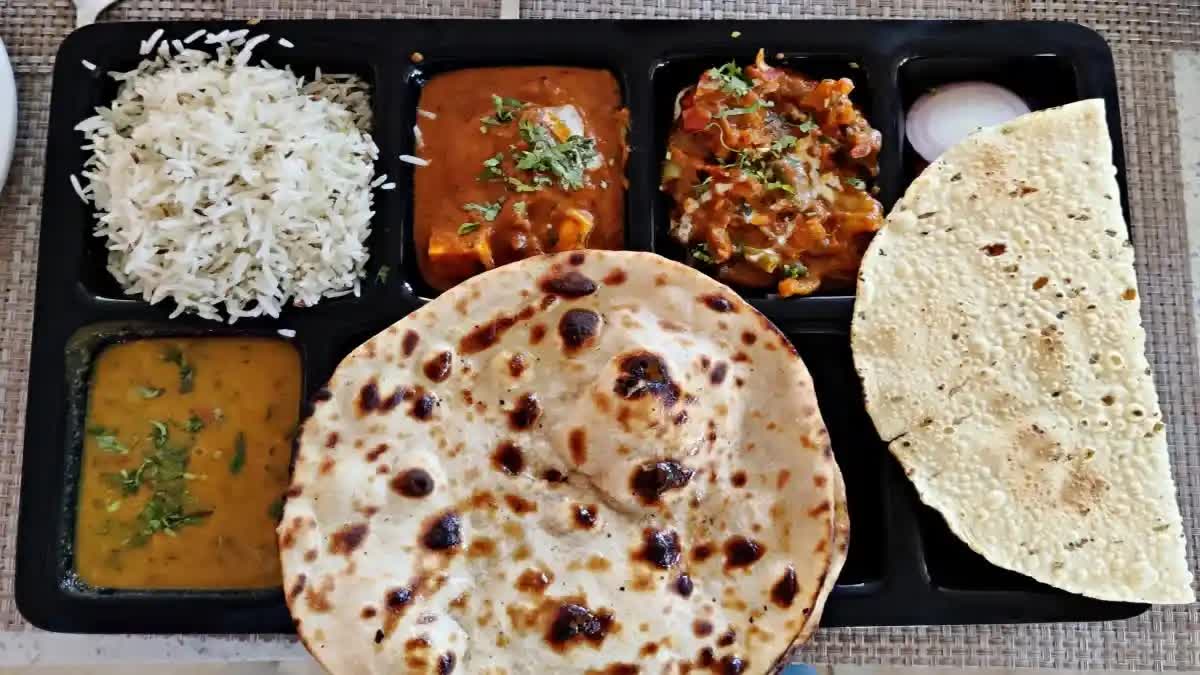Kolkata: The cost of the home-cooked veg thali rose 7% year-on-year in March, while that of the non-veg thali declined 7%, according to CRISIL’s monthly indicator of food plate cost.
The average cost of preparing a thali at home is calculated based on input prices prevailing in north, south, east and west India. The monthly change reflects the impact on the common man’s expenditure. The data also reveals the ingredients (cereals, pulses, broilers, vegetables, spices, edible oil and cooking gas) driving the change in the cost of the thali.
The cost of the veg thali increased due to a surge of 40%, 36% and 22% on-year in prices of onion, tomato and potato, respectively, due to lower arrivals of onion and potato and the low base of last fiscal for tomatoes. Amid lower arrivals, prices of rice (accounting for 13% of the veg thali cost) and pulses (9%) increased 14% and 22% on-year, respectively.
The decrease in the cost of the non-veg thali was due to a 16% on-year fall in broiler prices on a high base of last fiscal. On-month, however, the cost of the veg thali declined by 1% and non-veg thali rose by 2%.
The cost of the veg thali eased due to a decline of 2% on-month in prices of tomato (accounting for 9% of the veg thali cost), while prices of onion and rice remained flat. In contrast, potato prices rose 6% on-month due to crop damage, preventing further decline in thali cost.
The cost of the non-veg thali rose due to an estimated 5% increase in broiler prices (accounting for 50% of the cost) due to higher demand amid Ramadan coupled with rising feed costs.
Commenting on the thali cost, Pushan Sharma, Director – Research, CRISIL Market Intelligence and Analytics said “For the past five months, there has been a divergence in the cost of vegetarian and non-vegetarian food plates. While veg plates have become expensive on-year, non-veg are cheaper. The divergence is because broiler chicken prices have fallen owing to excess supply. Going forward we expect wheat prices to decline with fresh harvest arriving in the market and tomato prices to stay benign, but onion prices could see near-term firming up because Rabi harvest is seen at 20 per cent lower.”
Incidentally, food inflation, measured by the Consumer Food Price Index, which accounts for nearly half of the overall consumer price basket, rose to 8.66% in February 2024, up from 8.3% in January, but easing from 9.53% in December 2023.
Read More



